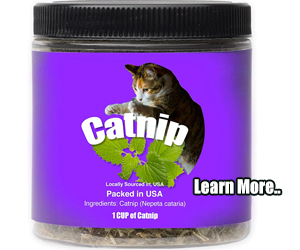Tourmaline
Varieties of Tourmaline

 Tourmalines are abundant, complex boron and aluminum silicate minerals of variable composition. Tourmaline comes in a wide range of colors, depending on its mineral composition. Black is the most common.
Tourmalines are abundant, complex boron and aluminum silicate minerals of variable composition. Tourmaline comes in a wide range of colors, depending on its mineral composition. Black is the most common.
Colors can vary from clear, to pink, rosy-red, yellow, honey, green, blue, violet, brown and black. Some crystals are pink at one end and green at the other. Concentric color zoning often occurs as well. The colored varieties, when transparent and flawless, are cut as gems.
Varieties of tourmaline, distinguished by their color due to the presence of certain minerals, have been given the following names:
- Schorl (iron tourmaline) -- black
- Dravite (magnesium tourmaline) -- brown
- Rubellite (alkali tourmaline) -- pink
- Brazilian Emerald (alkali tourmaline) -- green
- Achroite (alkali tourmaline) -- colorless
 The best-developed tourmaline crystals are found in pegmatites and metamorphosed limestones in contact with granitic magmas, as well as certain sedimentary deposits. Gem-quality pegmatites are found in the United States (Southern California, Connecticut and Maine), Brazil, Elba, Madagascar and the Ural Mountains.
The best-developed tourmaline crystals are found in pegmatites and metamorphosed limestones in contact with granitic magmas, as well as certain sedimentary deposits. Gem-quality pegmatites are found in the United States (Southern California, Connecticut and Maine), Brazil, Elba, Madagascar and the Ural Mountains.
In addition to its use as a gem, tourmaline is employed in pressure devices because of its piezoelectric properties. Tourmaline forms slender, 3-, 6-, or 9-sided prismatic crystals (hexagonal system) in parallel or radiating groups, which causes it to develop an electrical charge when heated or deformed.
Pieces cut perpendicular to the long axis can polarize light, and a pair of these plates form a very simple polarizing apparatus known as tourmaline tongs.

TOURMALINE CHARACTERISTICS
|
|
|
|
| SiO2 + B, Al | Hexagonal | 7.0 - 7.5 |
|
|
|
|
| None | Variable | 3.0 - 3.2 |
|
& Lustre |
|
|
| - Color from transparent to black - Luster is vitreous to resinous - Streak is uncolored |
|
|
-- Bob Katz
Related DesertUSA Pages
Share this page on Facebook:
The Desert Environment
The North American Deserts
Desert Geological Terms

Click here to see current desert temperatures!






